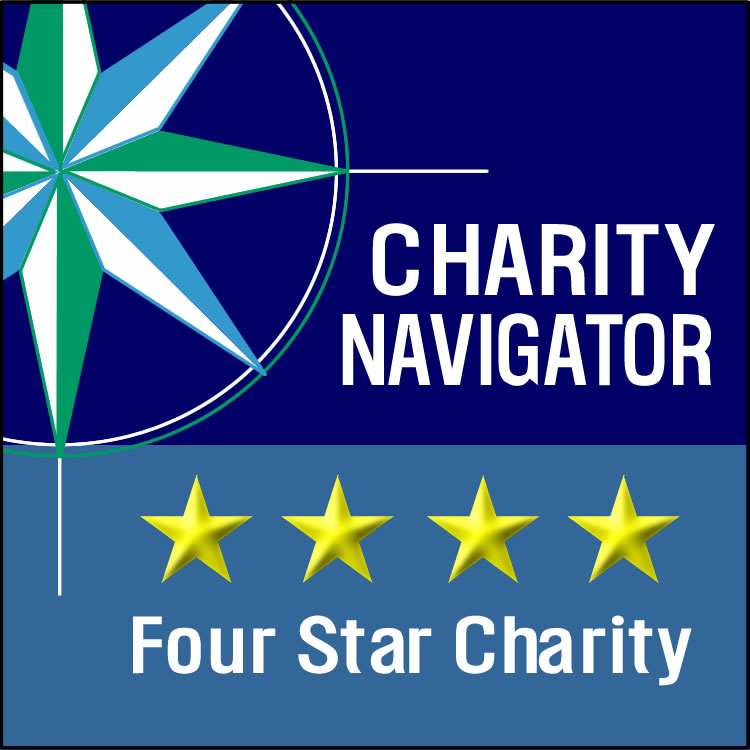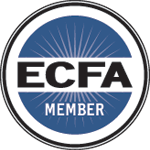Gospel Dynamics in Beira, Mozambique

“These men that have turned the world upside down, have come here also.” Acts 17:6
This statement sums up the atmosphere and the results of the Great Gospel Crusade in Beira, Mozambique. In an African country situated on the southeastern coast of Africa, the city of Beira is a port city where Portuguese is the official language. Christ for all Nations (CfaN) held a gospel crusade here years before, under Reinhard Bonnke's leadership. Even though this took place twenty-nine years ago, stories and testimonies still circulate about how the power of God moved at that time.
Now the next generation of evangelists trained by Evangelist Daniel Kolenda has returned to preach the gospel of salvation, pray for the sick, bring deliverance, and see an outpouring of the Holy Spirit upon believers.
This time the team structure was slightly different from the ‘old days’ because, under the leadership of Daniel Kolenda, CfaN is currently seeing a great multiplication of evangelists. This is happening as a result of the various evangelism training CfaN is offering, which have become so effective that hundreds of graduates are being launched each year into evangelistic initiatives. This Great Gospel Crusade in Beira came about because of a collaboration between CfaN and one of our Bootcamp graduates, Evangelist Randy Roberts.

Expectations of the local pastors were at a high level; knowing the reputation of CfaN in the past, they were not to be disappointed. Randy Roberts and a team of volunteer Bootcamp graduates made contact with hundreds of churches in the city. They did extensive and detailed preparation for the event, which included prayer initiatives, youth outreaches, woman’s meetings, and counselor training. And with the arrival of the ministry team in the persons of Evangelist Randy Roberts and myself, the stage was set for a historic week.

Each morning, delegates arrived early for the six Fire Conference sessions, and in the evening, huge crowds thronged the field for the four crusade meetings. The crowd doubling in size as the week went on!
There were also many healings testified to! Each testimony we got to share from the platform was received enthusiastically by the crowd with dancing and singing as only the Africans can do. Africans truly know the meaning of jubilation!

One lady was unable to see since 1985, she was healed in both eyes.

A lady had severe back pain for twelve years and was instantly healed. To show the crowd, she bent vigorously to touch her toes.
Another lady had a tumor on the right side the size of an egg for 4 years, and when she walked, it would move. On the first day of the crusade, she received prayer for healing, and it disappeared!

A man testified that he had been blind for 4 years. But now he can see!
A lady had leg problems for 10 years and had to walk with a cane. Her ligaments were torn and out of place, and she could barely move her leg at all, but full strength was received, and she could walk without a cane!

The big crowds and the real atmosphere of expectation resulted in many state and government leaders coming to the meetings. A significant number of the highest officials openly received Jesus as their savior and were connected to pastors and fellowships. This illustrated to us again a very real aspect of mass evangelism that is often overlooked. As Reinhard Bonnke often said, these huge events help to ‘bring the local church out of the backyard’. And we were witnesses to this as even the smallest participating congregations suddenly took on a new air of confidence to preach the gospel and impact their communities.

Another praise report was that new converts are encouraged to attend one of the participating churches and to show their follow-up booklet to the welcoming pastor. Well, one church Pastor shared with us that his church has a capacity of four thousand seats, but he had to hold a second meeting that week to accommodate the new arrivals. It’s harvest time!

When asked what the secret was for the success of this ministry, Randy responded with the following,
“While attending CfaN’s Evangelism Bootcamp, I was given a coach, and the first thing he said to me was that perseverance was the most important ingredient. I questioned this, thinking that surely anointing, gifting, or schooling was more important. Now I realize why Daniel Kolenda gave me a coach because I was wrong, and my coach was right. During this big crusade in Beira, sometimes things went wrong, like a generator failure at the worst possible time, a video not starting, or the barrels that we burn the juju in refusing to ignite. At the same time, over one hundred thousand people waited. And yet we persevered without showing agitation, and by the end of the meeting, tens of thousands had been saved and healed, including the governor’s wife. It was the best night of the crusade. Driving back to the hotel, the Lord showed me how important perseverance is. We didn’t yell at each other or get angry but simply ‘persevered,’ and lives were changed by the thousands.”
As we drove away from the final meeting, we said, as we often do, that we, as a team, are immensely privileged to be able to do the work of the gospel. We also prayed a genuine prayer of thanks for every one of you who has made it possible for us to 'go' and to bring in a great harvest. Your reward is eternal.
Thank you, with rejoicing.
Rev. Peter Vandenberg
(Together with Evangelists Daniel Kolenda, Randy Roberts, and the whole CfaN Ministry team.)
Beira, Mozambique
Beira is the capital and largest city of Sofala Province, where the Pungwe River meets the Indian Ocean, in the central region of Mozambique. It is the fourth-largest city by population in Mozambique, after Maputo, Matola and Nampula. Beira had a population of 397,368 in 1997, which grew to 533,825. in 2019. A coastal city, it holds the regionally significant Port of Beira, which acts as a gateway for both the central interior portion of the country as well as the land-locked nations of Zimbabwe, Zambia and Malawi.
History
Originally called Chiveve after a local river, it was renamed Beira to honour the Portuguese Crown prince Dom Luís Filipe (titled Prince of Beira, itself referring to the traditional Portuguese province of Beira), who had visited Mozambique in the early 1900s. It was first developed by the Portuguese Mozambique Company in the 19th century, supplanting Sofala as the country's main port. It was then directly developed by the Portuguese colonial government from 1947 until Mozambique gained its independence from Portugal in 1975. Beira is the second largest seaport for international cargo transportation to Mozambique after Maputo. In March 2019, the city was heavily damaged by Cyclone Idai, destroying up to 90% of the city.
Land and Climate
Beira is located on the Mozambique Channel, an arm of the Indian Ocean located between Madagascar and Mozambique. The city sits north of the mouth of the convergence of two major rivers of Mozambique: the Buzi River and the Pungwe River. The Buzi crosses 250 kilometres (160 mi) across Manica and Sofala provinces to form a wide estuary. The Pungwe crosses 400 kilometres (250 mi) from the Eastern Highlands of Zimbabwe also through Manica and Sofala provinces to Beira.
Beira features a tropical savanna climate (Köppen Aw). Average temperature in January is 28.5 °C (83 °F) and in July (the coldest month) it's 21 °C (70 °F). The rainy season runs roughly from November to April.
Economy
The port developed as a trade and transportation outlet for the products of Central Africa and as a transshipment point for coastal cargo. The city is the busy ocean terminus of railways from South Africa, Zimbabwe, Zambia, the Democratic Republic of the Congo, and Malawi, and it serves as the main port for Zimbabwe and Malawi. Principal exports passing through Beira are ores, tobacco, food products, cotton, and hides and skins. The main imports are liquid fuels, fertilizers, wheat, heavy equipment, textiles, and beverages. A fishing harbour, which includes canneries, processing plants, and refrigerated stores, was constructed at Beira in the early 1980s.
Gallery
Beira, Mozambique
Event Dates: September 17th, 2022
Coordinates: 19°50′S, 34°51′E
Elevation: 14 m (46 ft)
Population: 533,825 inhabitants (2017)



